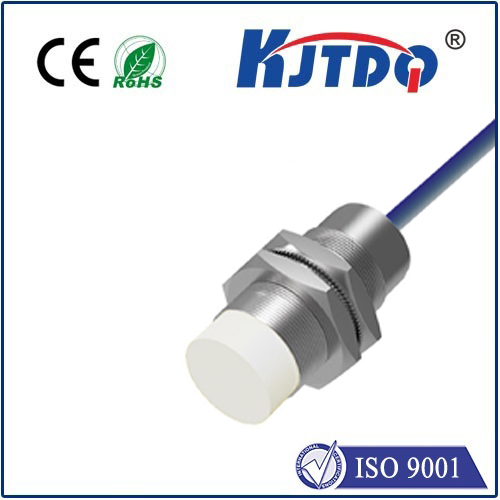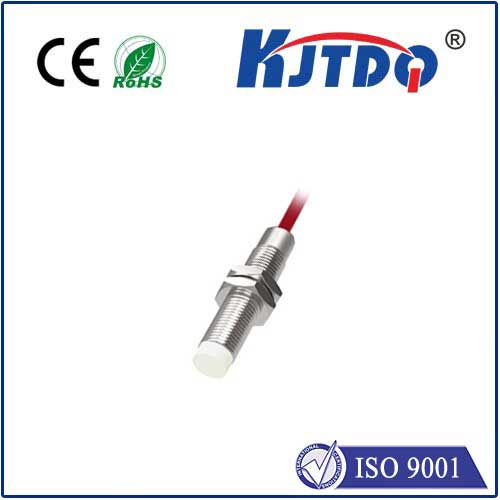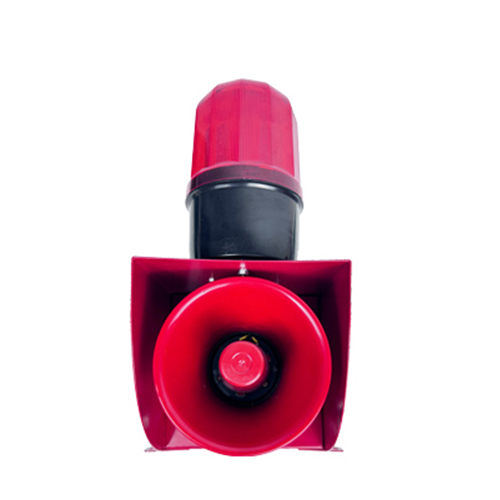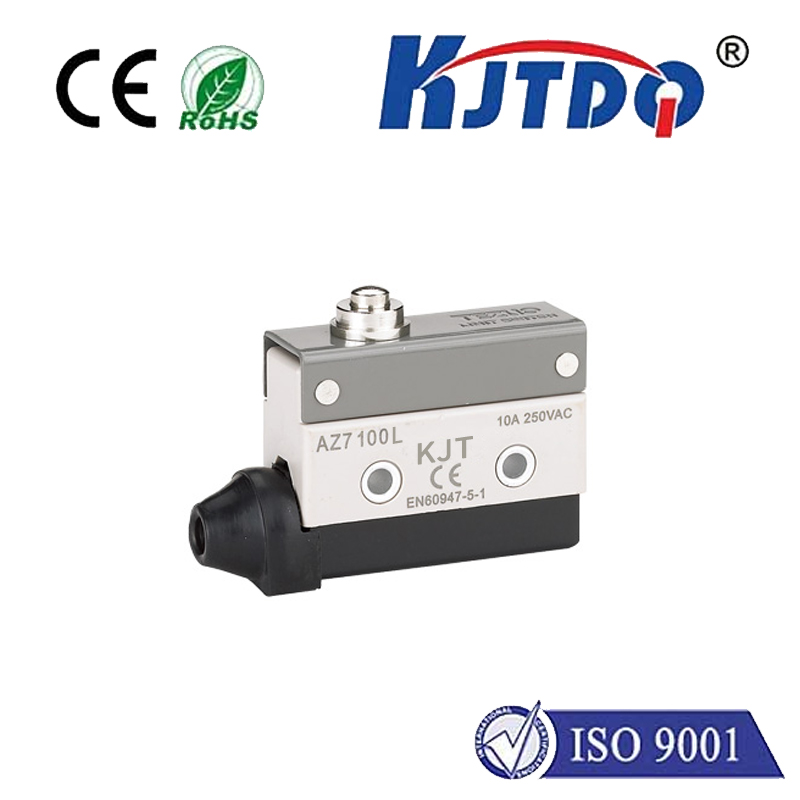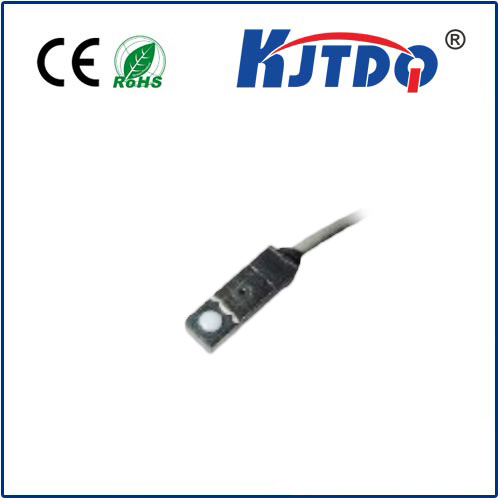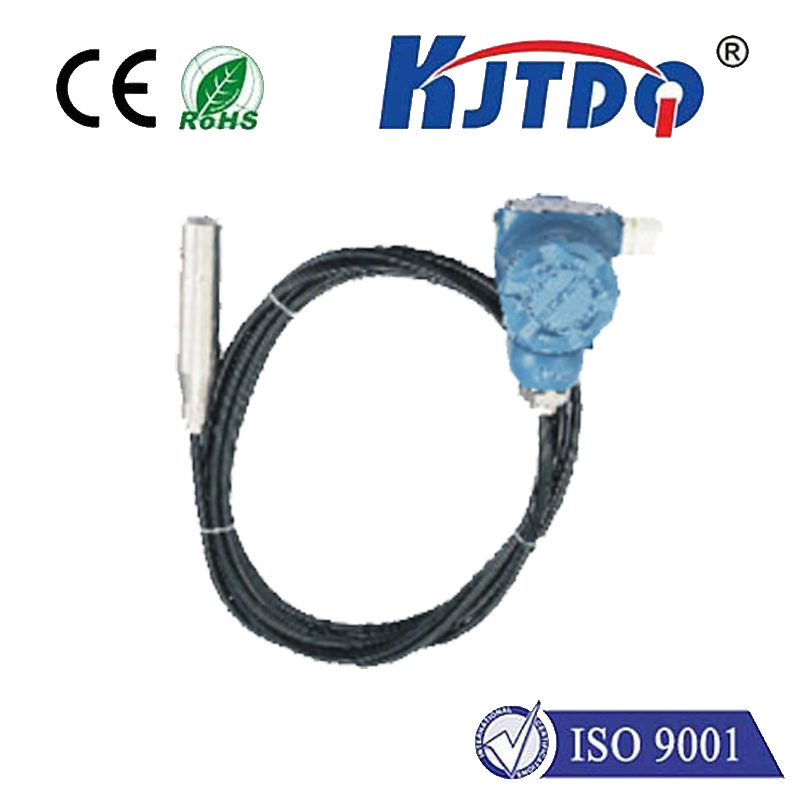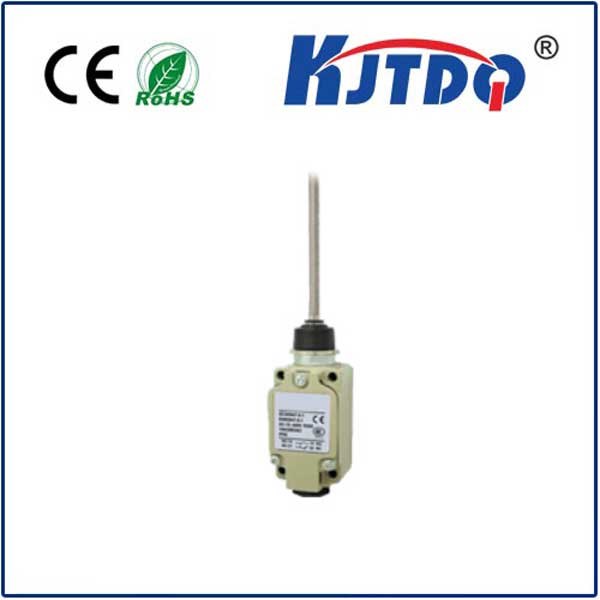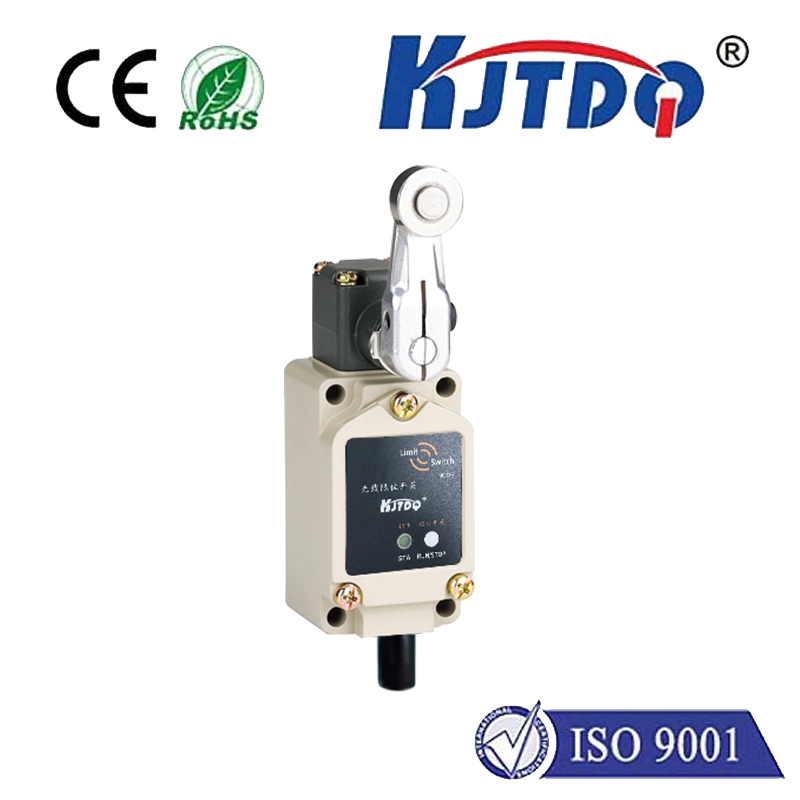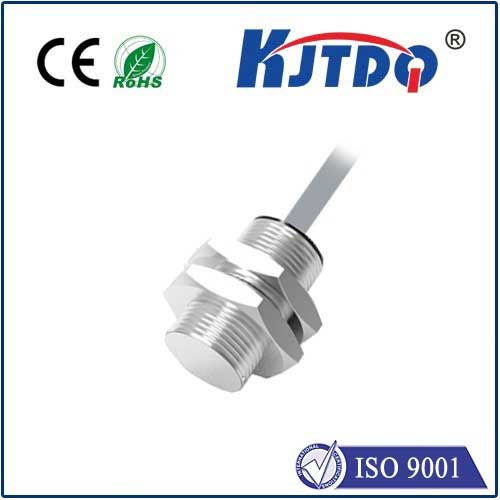

check

check

check

check

check

check

check

check

check

check
Title: Understanding the Role of Limit Switches in Arm Control Systems
Introduction to Limit Switches in Arm Control Systems
In the field of robotics, arm control systems play a crucial role in enabling robots to perform various tasks. One of the key components of these systems is the limit switch, which is responsible for detecting the position and orientation of the robot's arm. This article aims to provide a comprehensive understanding of limit switches, their function, and their importance in arm control systems.
What are Limit Switches?
Limit switches are mechanical devices that are used to detect the movement of an object or component. They work by providing a physical signal when the object or component reaches a certain threshold, indicating that it has either stopped moving or reached its maximum range. In the context of arm control systems, limit switches are often used as input devices to monitor the position and orientation of the robot's arm.
Function of Limit Switches in Arm Control Systems
The primary function of limit switches in arm control systems is to provide accurate and reliable feedback on the position and orientation of the robot's arm. This information is then used by the control system to determine how much force should be applied to the motor to move the arm to the desired position. By monitoring the position and orientation of the limit switches, the control system can ensure that the arm moves smoothly and accurately, without causing damage to the robot or causing it to lose its grip on objects.
Types of Limit Switches
There are several different types of limit switches available, each with its own unique characteristics and applications. Some of the most common types include:
1. Magnetic Limit Switches: These limit switches use a magnetic field to detect when an object has reached its destination. They are typically used in situations where high-speed movements are required, as they can operate at very fast speeds.
2.Optical Limit Switches: These limit switches use light to detect when an object has reached its destination. They are typically used in environments where high-level accuracy is required, such as medical equipment or precision machinery.
3. Pressure Limit Switches: These limit switches use pressure to detect when an object has reached its destination. They are typically used in situations where delicate objects need to be moved without causing any damage.
4. Vibration Limit Switches: These limit switches use vibration to detect when an object has reached its destination. They are typically used in situations where high-precision movements are required, such as aircraft assembly or automotive manufacturing.
Conclusion
In conclusion, limit switches play a critical role in arm control systems by providing accurate and reliable feedback on the position and orientation of the robot's arm. By monitoring the position and orientation of these switches, the control system can ensure that the arm moves smoothly and accurately, preventing damage to the robot or causing it to lose its grip on objects. With advances in technology, there is ongoing research into developing more advanced and sophisticated limit switch technologies that offer even greater accuracy and performance.
